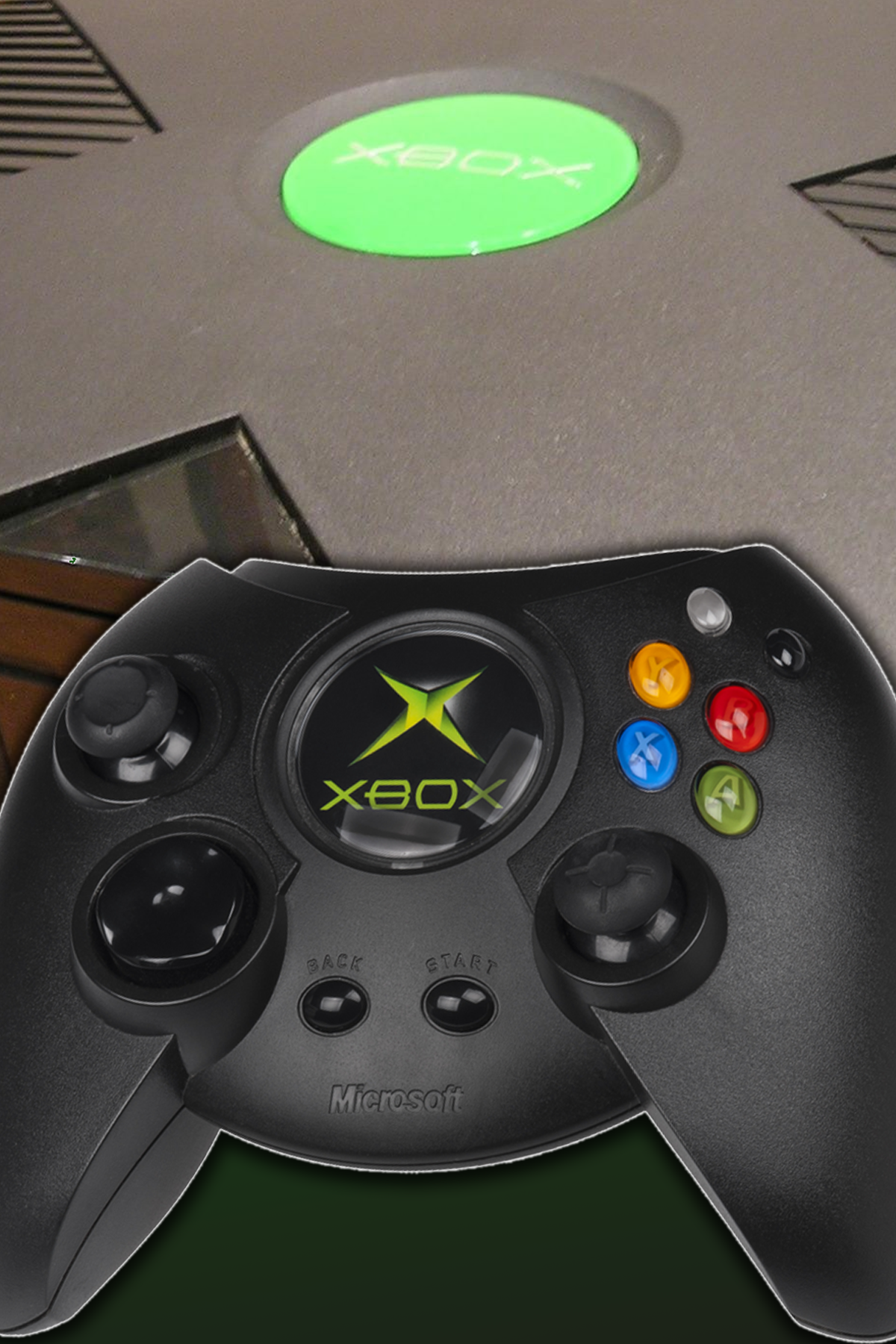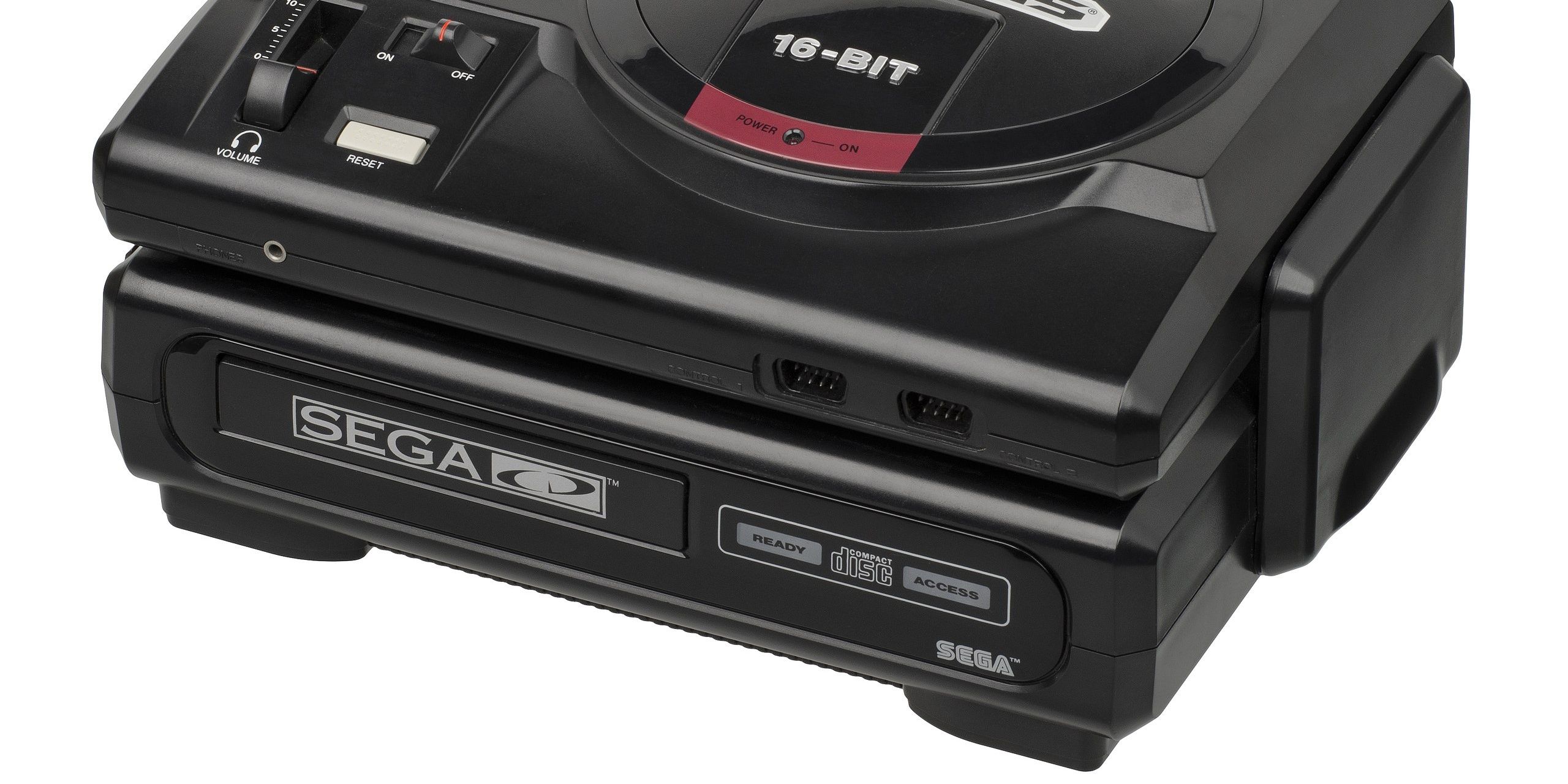Video games need a platform to be played on, and historically, consoles have been the go-to choice. Unlike even the gaming PCs of today, video games tend to be optimized specifically for any given console’s hardware, meaning it’s little problem to simply insert a disc into a console and start playing.
In the debate between gaming PCs and consoles, it’s often overlooked that consoles are computers themselves. The current generation of consoles, including the Xbox Series X/S and PlayStation 5, arguably has more in common with gaming PCs than ever before. Even older consoles share many similarities with gaming computers.
10 The Nintendo 64 Was Really a Workstation Computer
It Explains the 64-Bit Processor
|
Console |
Launched |
Discontinued |
Similarity |
|
Nintendo 64 |
June 23, 1996 |
April 30, 2002 |
SGI Onyx |
The Nintendo 64 was the most graphically powerful video game console of its generation, beating both the Sega Saturn and Sony PlayStation. The system’s graphics were well-represented in the Nintendo 64’s first-party line-up, with the games themselves being just as fun to play as they look. This is especially true for Super Mario 64, one of the console’s two launch titles, which helped to set a new standard in 3D gaming.
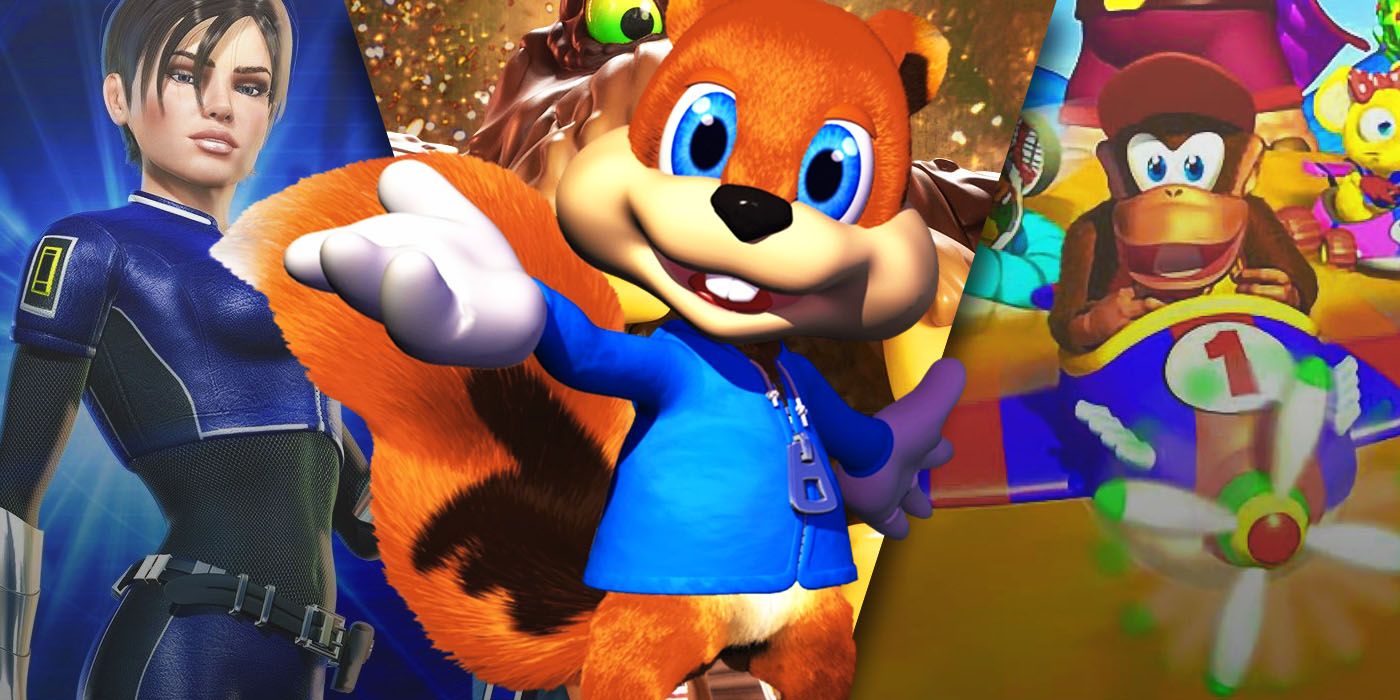
Related
10 Best Third-Party Nintendo 64 Games Fans Have to Play
The Nintendo 64 lacked much in the way of third-party titles. What third-party games that made it to the Nintendo 64, however, are highly regarded.
The Nintendo 64’s power should not be underestimated, especially considering who co-developed the 64-bit console. Silicon Graphics, a computing powerhouse in the 1990s, was known for creating some of the most advanced workstation computers of the era. Silicon collaborated with Nintendo to develop the N64, incorporating the MIPS processor from their Onyx workstation and other hardware. This makes the Nintendo 64 something of a stripped-down workstation.
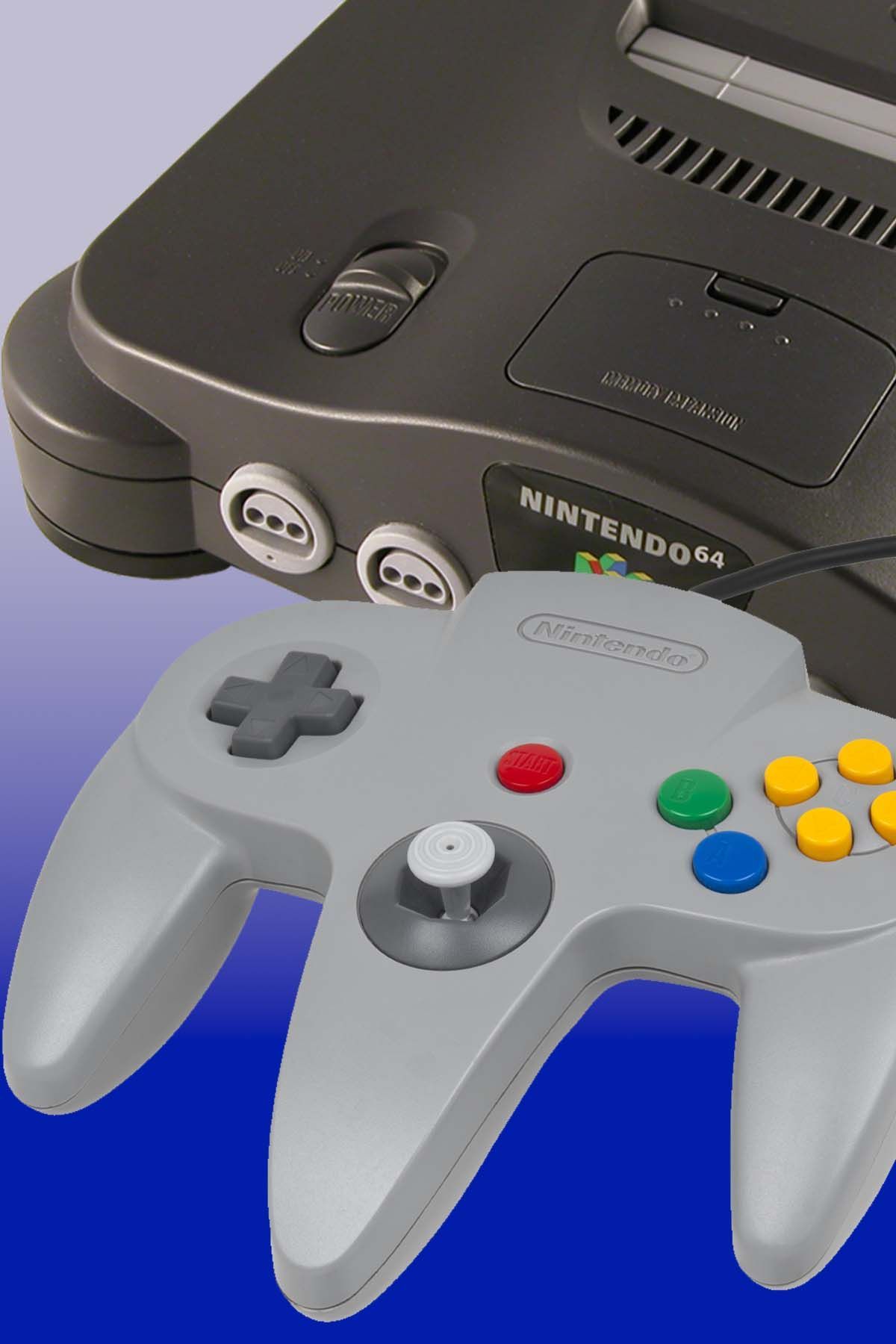
It Just Needed a CD-ROM Add-on
The Super Nintendo Entertainment System was Nintendo’s somewhat belated yet successful answer to Sega’s fledgling Genesis video game console. The Super Nintendo Entertainment System boasted stronger graphical effects compared to the Sega Genesis. Nintendo highlighted this with games like Donkey Kong Country and Star Fox, which didn’t need peripherals to showcase the games’ revolutionary presentations. All they required were special chips that were inserted into cartridges.
|
Console |
Launched |
Discontinued |
Similarity |
|
Super Nintendo Entertainment System |
Nov. 21, 1990 |
Sept. 25, 2003 |
Apple IIGS |
The SNES’s power was backed up by not only its strong Sony-developed sound chip but also its processor, a Ricoh 5A22. The Ricoh 5A22 is derived from the WDC 65C816, which famously powered the Apple IIGS, Apple’s last non-Macintosh computer. Unfortunately, the SNES was not quite as multimedia-heavy as the Apple IIGS, with Nintendo failing to produce a CD-ROM peripheral for their system.
8 The Sega Genesis Used the Same Processor as a Macintosh
As Also Used in Other Home Computers of the Day
The Sega Genesis was Sega’s crown jewel in the video game console market. It was marketed as a direct competitor to Nintendo’s offerings: the Nintendo Entertainment System and the Super Nintendo Entertainment System. Sega’s strategy against Nintendo was to emphasize their console’s speediness over the latter’s consoles, with Sonic the Hedgehog being a strong example. This strategy largely paid off for Sega, as they found themselves neck-and-neck with Nintendo for much of the 1990s.
|
Console |
Launched |
Discontinued |
Similarity |
|
Sega Genesis |
Oct. 29, 1988 |
Circa 1997 |
Amiga, Apple Macintosh, Atari ST |
The Genesis was powered by a fast Motorola 68000 processor, making it more of a gaming computer than the SNES. The Motorola 68000 was used in many home computers of the time, including the Amiga, Atari ST, and especially Apple’s Macintosh computers. This meant that many Sega Genesis games, especially games made for the Sega CD, were closer in presentation to what was found on a Macintosh.
7 The Nintendo Entertainment System Was a Latter-Day 8-Bit Computer
It Was Closer to a Commodore 64 Than an Amiga
|
Console |
Launched |
Discontinued |
Similarity |
|
Nintendo Entertainment System |
July 15, 1983 |
Sept. 25, 2003 |
Apple II, Atari 400, Commodore 64 |
The Nintendo Entertainment System was popular in Japan and hit it especially big in North America, coming off a major downturn in the video game industry. The Nintendo Entertainment System’s video game library effectively came to define the 1980s video gaming scene, with games like Super Mario Bros. and The Legend of Zelda representing an early apex in Nintendo’s long and lucrative history.
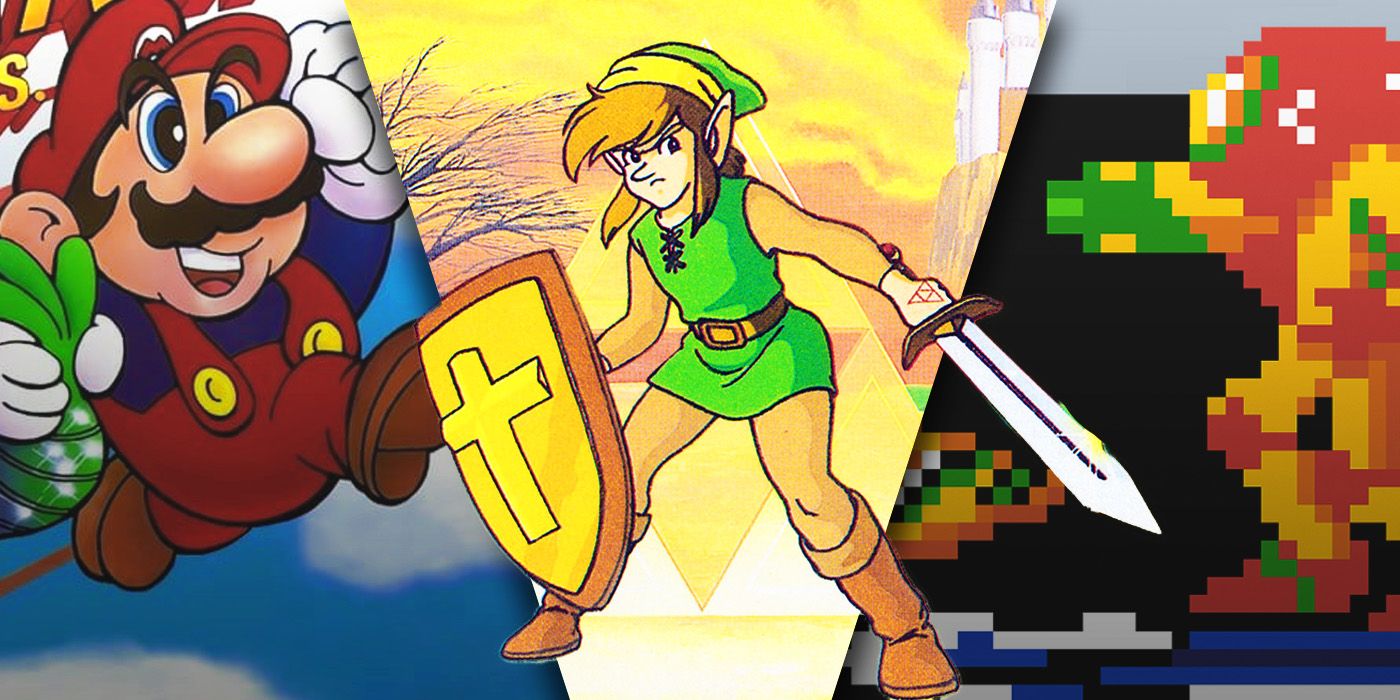
Related
10 Best Nintendo Famicom Disk System Games, Ranked
The Famicom Disk System was Nintendo’s floppy disk peripheral only released in Japan, leading to great games like Zelda and Mario Bros. 2.
Often overlooked in the success of the Nintendo Entertainment System as a video game console is its originally intended purpose as a home computer. The NES’s processor, the Ricoh 2A03, is a derivative of the MOS 6502 processor, which powered popular 8-bit home computers such as the Apple II, Atari 400, and Commodore 64. In Japan, the NES even received computer-related accessories, including a floppy disk drive, a keyboard, and a BASIC interpreter.
6 The Sega Dreamcast Was a Proto-Xbox
Microsoft Had a Hand in the Dreamcast’s Development
The Sega Dreamcast was Sega’s final video game console before going third-party, and it was a great video game console for them to go out on. For what little time it had on the video game console market, the Sega Dreamcast sure did make a big impression with its many innovations, especially those concerning online connectivity, leading to games like Phantasy Star Online and Sonic Adventure 2.
|
Console |
Launched |
Discontinued |
Similarity |
|
Sega Dreamcast |
Nov. 27, 1998 |
March 31, 2001 |
N/A (Windows included on some discs) |
Microsoft famously collaborated with Sega on the Dreamcast, developing a software kit based on Windows CE. Contrary to popular belief, this didn’t mean Windows CE could run on the Dreamcast by itself. Instead, it allowed third-party games to be more easily ported to the console. It’s little wonder that Microsoft went on to develop their own console, the Xbox.
5 The Xbox 360 Was an IBM PC
Microsoft Goes Back to Their Origins
The Xbox 360 was the most popular system in Microsoft’s Xbox line, clearly representing the brand’s peak in the video game console market. It was also immensely powerful for its day and launched ahead of Sony’s PlayStation 3 and Nintendo’s Wii. This head start meant that certain third-party titles, such as Guitar Hero III: Legends of Rock, would be released on the Xbox 360 long before they came to the PS3 or Wii.
|
Console |
Launched |
Discontinued |
Similarity |
|
Microsoft Xbox 360 |
Nov. 22, 2005 |
April 20, 2016 |
N/A (IBM and ATI co-developed) |
The Xbox 360 also saw Microsoft return to its roots with IBM, who helped to develop the Xbox 360’s processor in conjunction with ATI, building the system’s powerful graphics chip. This partnership ensured that parity between the Xbox 360 platform and Microsoft’s Windows operating systems remained strong.
4 The GameCube Boasts Its Graphical and Processing Powers
The Macintosh Meets Nintendo
|
Console |
Launched |
Discontinued |
Similarity |
|
Nintendo GameCube |
Sept. 14, 2001 |
Circa 2007 |
Apple’s iMac G3 and iBook G3 |
Nintendo’s GameCube video game console may not have been the best-selling system of its generation, but it’s still fondly remembered for many reasons. Part of the GameCube’s charm is its strong graphical powers for its day; the system utilizes a powerful ATI graphics chip that was also found in many powerful computers of the day. The inclusion of this chip meant even the system’s earliest games, including Super Smash Bros. Melee, already looked better than what could be found on the PlayStation 2.
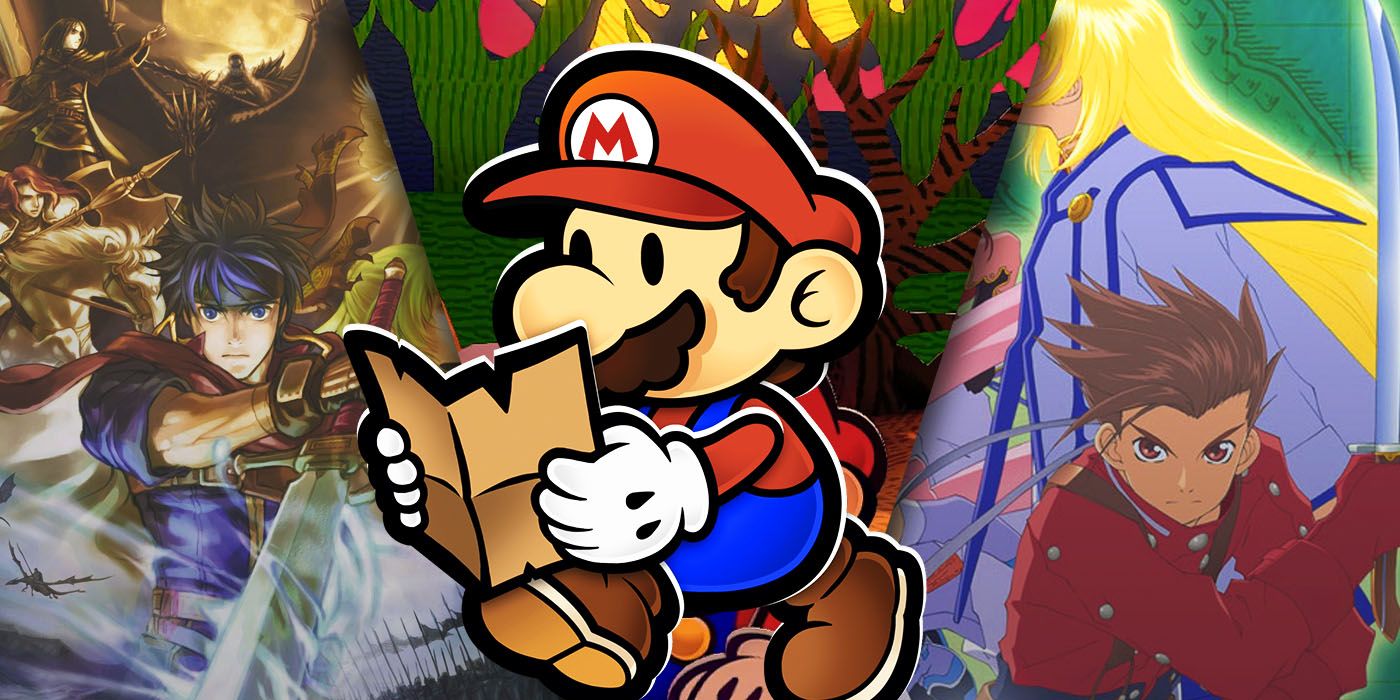
Related
10 Best RPGs From the GameCube Generation, Ranked
The Nintendo GameCube was a little short on role-playing games, but games like Mario and Pokémon ensured what was there was high quality.
The GameCube also made use of a modified version of IBM’s PowerPC 750 processor, which was widely used in Apple’s G3-based home computers, including the iMac G3 and iBook G3. This made the GameCube more of a Macintosh than its contemporaries, between the PlayStation 2’s SGI workstation motifs and the Xbox’s PC motifs. Combined with a special keyboard accessory for Phantasy Star Online, the GameCube is more of a successful version of Apple’s earlier Pippin video game console.
3 The PlayStation 2 Was a Late SGI Workstation
The PS2 Could Even Run Linux
The PlayStation 2 was by far the most successful video game console of its generation, building on the massive success of the original PlayStation. One major factor was its ability to play DVDs, which allowed Sony to market the PS2 as an affordable DVD player in addition to a gaming console. Another was the system’s impressive graphics, which were showcased in titles like Gran Turismo 3 and were unlike anything else seen before in gaming.
|
Console |
Launched |
Discontinued |
Similarity |
|
Sony PlayStation 2 |
March 4, 2000 |
Jan. 4, 2013 |
SGI O2 |
The PlayStation 2 was powered by the Emotion Engine, a processor based on the later MIPS architecture used in SGI workstations. Its resemblance to a workstation computer didn’t stop at its hardware; Sony went to great lengths to allow players to use the PS2 as a computer. The console also supported accessories like hard drives, keyboards, and even a Linux operating system, effectively turning the PS2 into a versatile PC.
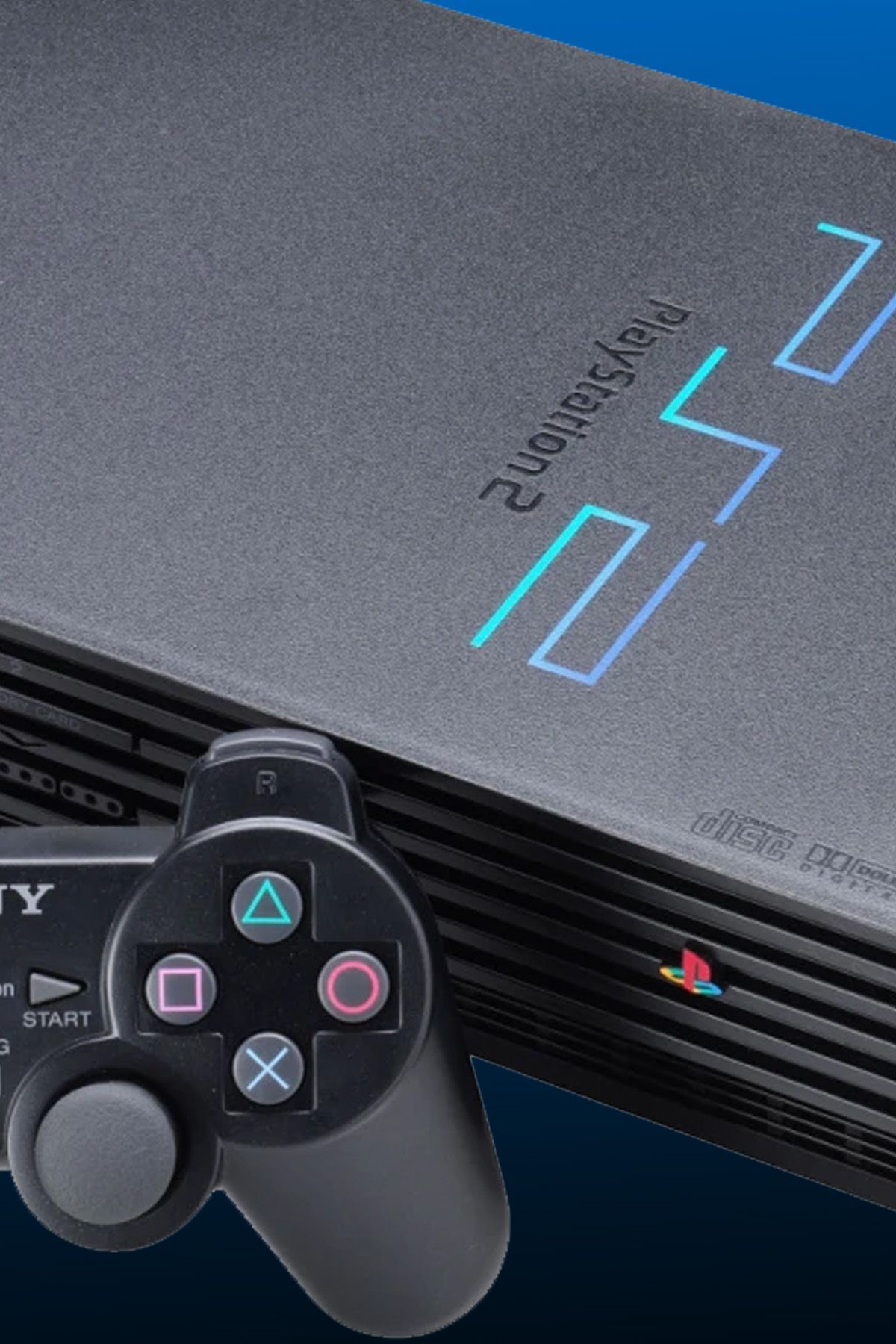
2 The PlayStation 3 Was a Supercomputer
The PS3’s First Model Could Do a Little Too Much
The PlayStation 3 followed Sony’s widely successful PlayStation and PlayStation 2 video game consoles. The PlayStation brand itself earned a level of prestige from the PS2’s success, leading to Sony becoming ambitious with the PS3. Sony touted the PS3 as more than just a video game console that could play The Last of Us; it was also a Blu-ray player, a Super Audio CD player, and many other things unrelated to gaming.
|
Console |
Launched |
Discontinued |
Similarity |
|
Sony PlayStation 3 |
Nov. 11, 2006 |
May 29, 2007 |
IBM Roadrunner |
Sony marketed the PlayStation 3 as a full-on supercomputer capable of running a custom Linux operating system. This marketing wasn’t just hyperbole on Sony’s part. The PS3 utilized a powerful PowerPC Cell processor that was used extensively in IBM’s supercomputers, including the IBM Roadrunner.
1 The Xbox Was a True Gaming Computer
It Was Almost More Computer Than Console
|
Console |
Launched |
Discontinued |
Similarity |
|
Microsoft Xbox |
Nov. 15, 2001 |
Circa 2006 |
N/A (2000s-era Gaming PCs) |
The first Xbox video game console helped kick off Microsoft’s lucrative Xbox brand, which has continued to persist over the last twenty years. It was the most powerful video game console of its time, often delivering superior visuals for games considered PS2 classics, such as Grand Theft Auto: San Andreas. The Xbox was also innovative in online connectivity, which led to the success of titles like Halo 2.
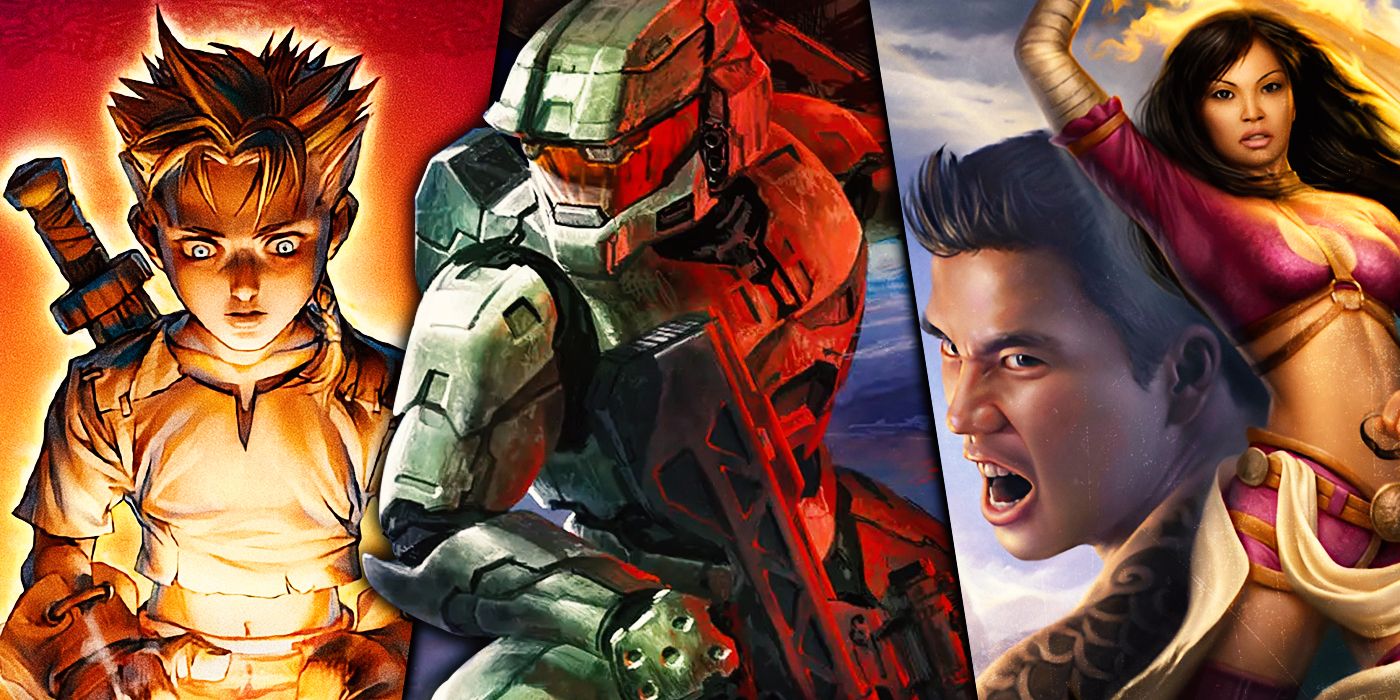
Related
10 Best Original Xbox Games, Ranked
The original Xbox might be most famous for Halo, but there are plenty of other superb exclusive titles that grace Microsoft’s fledgling console.
What solidified the original Xbox’s reputation as a powerful system was its close resemblance to a gaming computer. The Xbox used an Intel Pentium III processor and an Nvidia Geforce 3 graphics chip. These components were both widely used in many gaming PCs of the day. To top it all off, the Xbox’s operating system was simply a modified version of Windows 2000.
